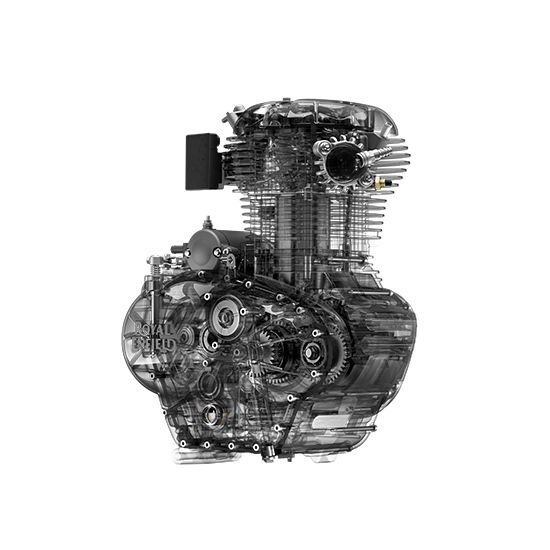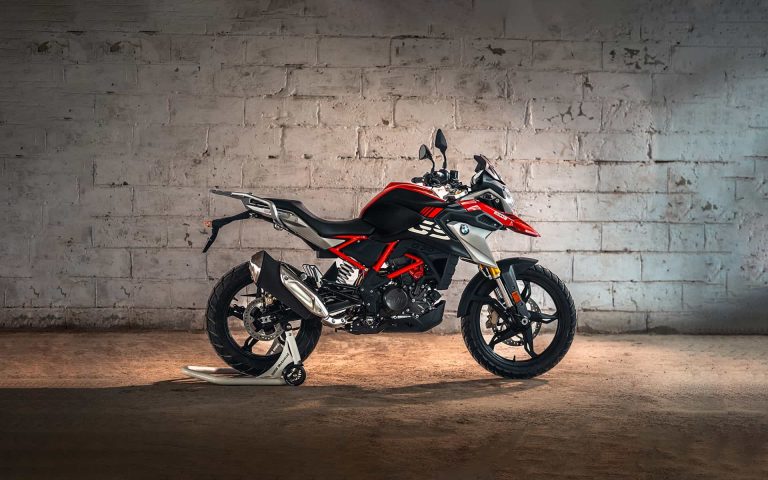n today’s highly competitive two-wheeler market, Original Equipment Manufacturers (OEMs) are constantly looking for ways to optimize costs, speed up product launches, and cater to a wider audience. One of the smartest strategies they employ is platform sharing — creating multiple models based on the same engine platform. From motorcycles to scooters, this approach has helped brands dominate segments without starting from scratch every time.
The Core Idea Behind Platform Sharing
At its heart, platform sharing is about maximizing the return on investment. Developing a new engine from the ground up can take years and cost millions. Instead of investing that time and money for each new model, OEMs develop a strong, versatile engine platform and then use it across different products by tweaking performance outputs, styling, and features.
This not only cuts down research and development costs but also helps brands offer more variety to customers, without increasing production complexity.
Key Advantages for OEMs
Cost Efficiency:
Manufacturing and maintaining a single engine line is much cheaper than building multiple different engines. It allows OEMs to leverage economies of scale, reducing the overall cost per unit.Faster Time-to-Market:
With the engine already tested and validated, brands can focus mainly on new designs, features, and ergonomics, launching new models faster to respond to market trends.Simplified Service and Maintenance:
Sharing engines makes life easier for service networks. Spare parts inventory is streamlined, mechanics are already familiar with the platform, and repair times are quicker — a big plus for both OEMs and end customers.Diverse Product Lineup:
By using the same engine, brands can create street bikes, cruisers, scramblers, adventure motorcycles, and even sporty scooters — each appealing to a different segment without major technical redevelopment.Better Supply Chain Management:
Common platforms mean fewer parts variations, making sourcing, inventory, and manufacturing logistics far more efficient.
Real-World Examples
Royal Enfield has built several motorcycles like the Hunter 350, Meteor 350, and Classic 350 off its J-platform 349cc engine.
Bajaj uses its 200cc and 250cc platforms extensively across Pulsar, Dominar, and other models.
TVS utilizes the Apache RR 310’s engine platform across multiple performance bikes and even collaborations like the BMW G310 series.
Honda maximizes its 125cc and 160cc engine platforms across scooters like the Activa and motorcycles like the Unicorn and Hornet.
Challenges in Platform Sharing
While the benefits are many, this strategy is not without risks.
If not handled carefully, models can feel too similar, reducing excitement among customers. Also, certain platforms might not adapt well to different kinds of motorcycles, leading to compromised performance or awkward styling.
Successful OEMs focus on ensuring distinct personalities for each model even if they share the same mechanical heart. Fine-tuning power delivery, chassis geometry, ergonomics, and feature sets becomes critical to making each product feel unique.
Final Thoughts
In a market that demands constant innovation without soaring prices, platform sharing is a powerful tool for two-wheeler OEMs. When done right, it creates a win-win situation — offering customers greater choices while keeping development and ownership costs under control.
With competition growing fiercer by the day, expect more brands to double down on smart engine platform strategies in the future, redefining how motorcycles and scooters are created and sold.



